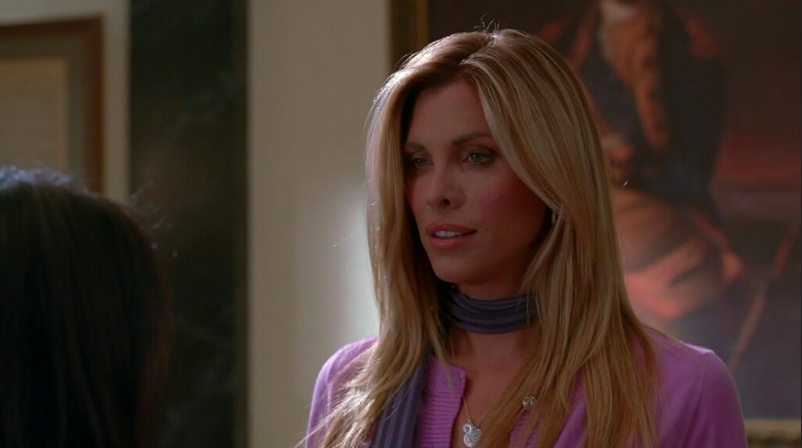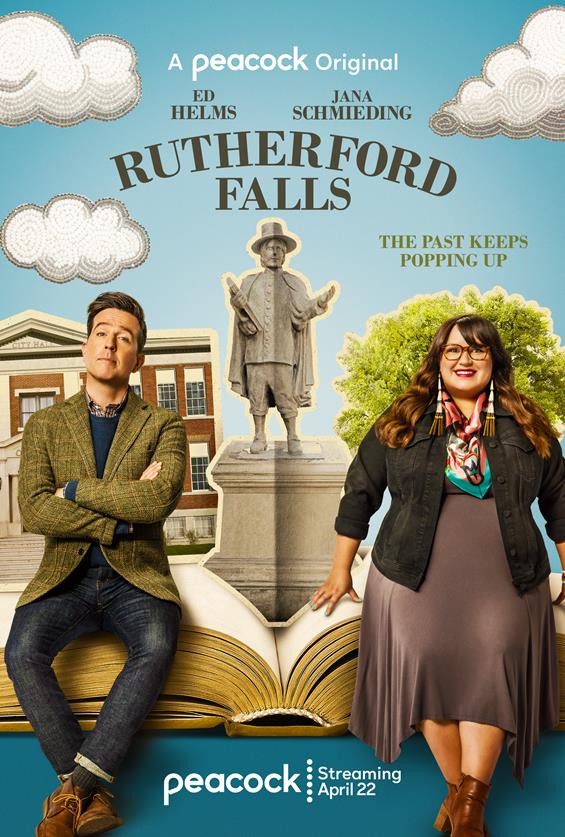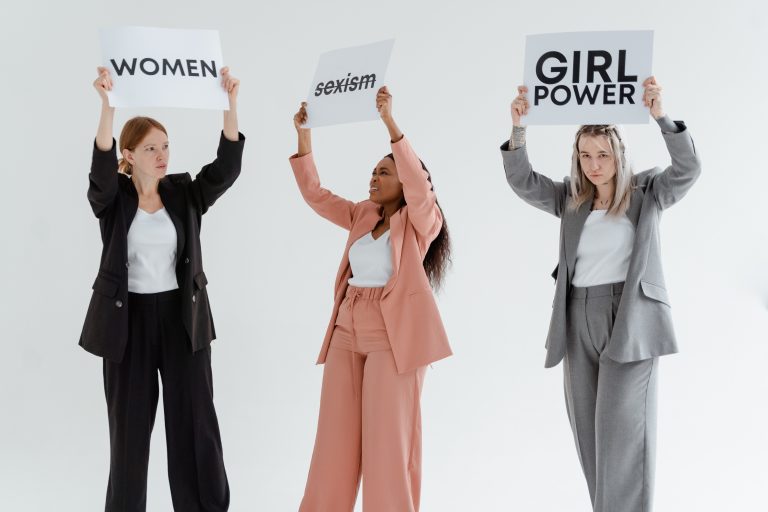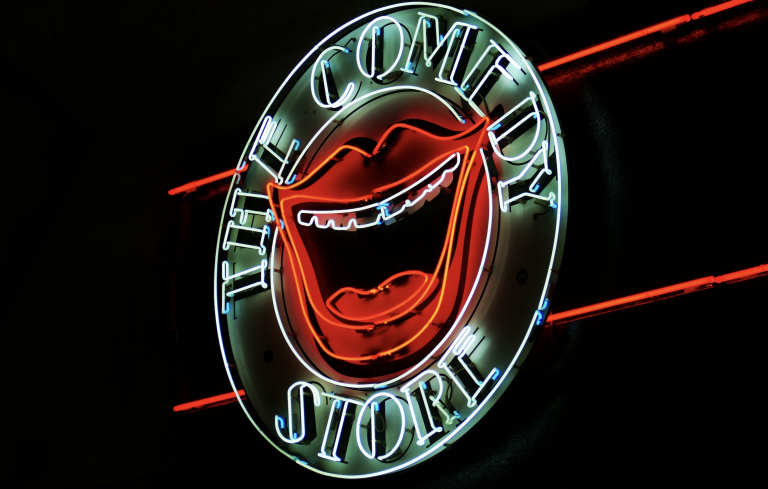A Look at the History of Trans Representation in Media with Zoey Luna
The trans community has fallen under massive political fire this year with states across America passing anti-trans legislation to ban gender-affirming healthcare. The existence of trans people has been noted in American history dating back to the dawn of the country’s formation; so why has their history specifically always been considered so taboo in relation to the media? Early portrayals of trans characters that I can remember were generally based on stereotypes and pathologization, and while the last decade or so has since changed that by incorporating increased empathy, authentic casting and diverse, humanizing storylines, one can’t help but wonder; what took so long for the community to receive the type of representation it deserves?
I sat down with Zoey Luna, from The Craft: Legacy, to chat about the effects of good and bad representation, as well as her experience navigating Hollywood as a trans actress.
First let’s talk about The Craft: Legacy; our studies showed that the production’s leadership by gender specifically was fairly even overall. What was it like for you, as a trans woman, being accurately cast in a film celebrated for its diversity?
Zoey: Outwardly, it did seem like such a positive environment but a lot of the time in this industry you run into egos, which was my experience on-set. Unfortunately, because I was just starting out, I don’t think I necessarily received the guidance and support I was hoping for, and some people even called into question why I had attained the role. In the end, I had to reassure myself that this was still an amazing opportunity for me, and it was my talent that allowed me to seize it.
In early portrayals, transgender characters more commonly faced stereotypical storylines, such as in Glen or Glenda (1954) & Myra Breckenridge (1970). How do you think the pathological portrayal of trans characters affected people’s perception of the trans community?
Zoey: I think in those times, people in society were much easier to control. So, that type of portrayal definitely preserved the agenda of individuals who wanted to paint a negative image of the community, even though we’ve always been here. I’d imagine it had a horrible impact on the way that people perceived us, because people back then believed what they saw.
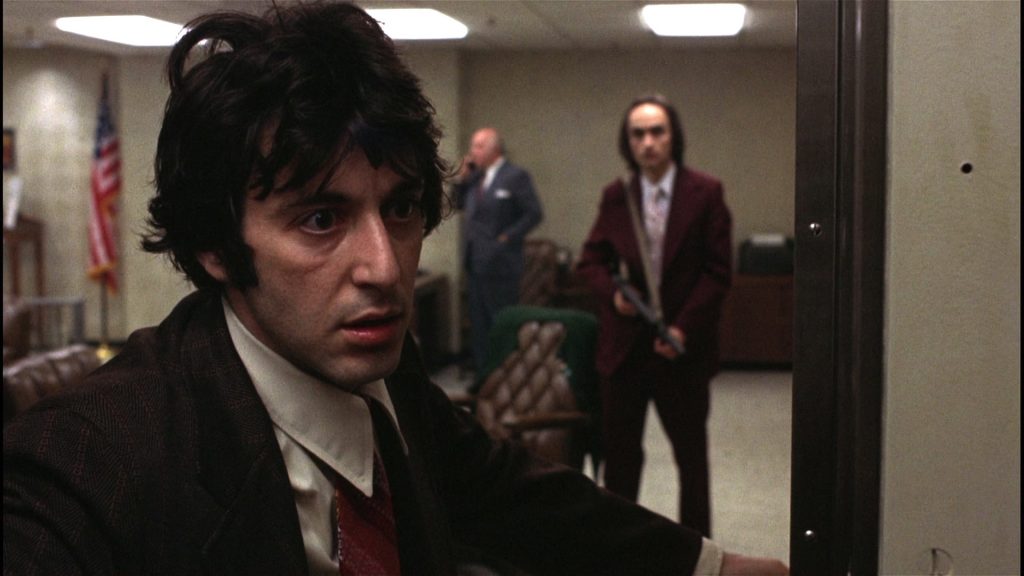
It wasn’t until Day Day Afternoon (1975) that films featuring transgender characters began to receive not only increased empathy, but also critical acclaim. Inevitably leading to Oscar wins for actors like Hillary Swank (Boys Don’t Cry) and Jared Leto (Dallas Buyer’s Club), but even so, trans characters were still being portrayed by cis actors. Why do you believe authenticity in casting is so important when it comes to trans characters?
Zoey: Ultimately, having a cis male play anyone who identifies as a woman, just doesn’t make sense and perpetuates the idea that that’s really who we are at our core. The reason we transition is because we identify as women, and I think actors who identify as women should play characters who identify as women; validate us for who we are.
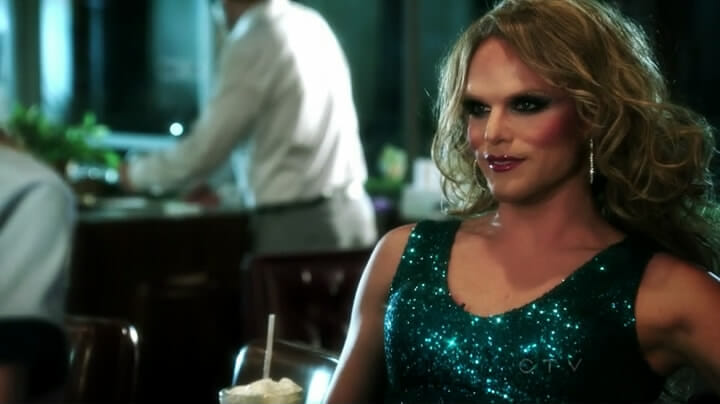
The 1980’s through the early 2000’s saw many trans characters in both film (Dressed to Kill, Silence of the Lambs, Ace Ventura: Pet Detective) and television (CSI, TransAmerica, Nip/Tuck). Though the majority of those characterizations were defamatory and/or inaccurate according to a study by GLAAD on 100 episodes featuring trans characters over a 10 year span. What are your thoughts on humanizing trans characters, and the effects on trans youth?
Zoey: I think it has the ability to move minds, change hearts, and allow the audience to see that we are more than a sad trope. When I auditioned for The Craft: Legacy, I was really excited about the role because I envisioned a kid being able to point to my character, who’s trans, but also leads a happy life and has friends. Maybe seeing a character like that exist, could help them turn to their mom and say, this who I am because they’ll interpret it as a normal thing.
Candis Cayne, Laverne Cox and Jamie Clayton; known as pioneers of the era of authentic trans casting which began around 2007 when Candis first appeared in ABC’s Dirty Sexy Money. As a fellow pioneer, in the same category, what message do you have for trans youth who are pursuant of a career in entertainment?
Zoey: My biggest piece of advice to any trans youth attempting to pursue a career in entertainment is that you already fought your hardest to be who you are, so don’t let any manager, publicist, spokesperson, etc., representing you, force you to change who you are; don’t ever doubt yourself or how worthy you are.

Documentary films about the trans community from recent years have proven to be less stereotypical when done right. Red Without Blue (2007) and Becoming Chaz (2011) are great examples. What do you think it is about the avenue of documentary films that allows audiences to connect with the trans experience?
Zoey: Documentary films often offer a new perspective on topics that are not new, and the trans community is no exception to that. Specifically, they can help cis audiences understand that, yes, we are transgender but at the end of the day we have struggles outside of how we identify; so many experiences in my life have affected me more than being trans. Our story isn’t just about surgeries, self-idealization, and social acceptance; we are just like everybody else.
So, what does the future look like for trans representation in the media?
The number of trans storylines and opportunities for trans actors have only multiplied in the wake of commercially successful shows like Orange is the New Black, Pose, Sense8, and The Umbrella Academy, that follow intersectional storylines, are authentically casted, and feature trans characters in a humanizing fashion. These seem to be the core principles of accurate trans representation, meaning the community has certainly come a long way from being stereotyped, villainized, and ridiculed for comic relief. Nowadays, trans characters as well as trans actors are being celebrated in the media (Mj Rodriguez), and I for one, as someone who cares deeply about so many members of the trans community, couldn’t be more thrilled by the news that another playing field is being leveled in the ongoing fight for diversity and inclusion in this country.

